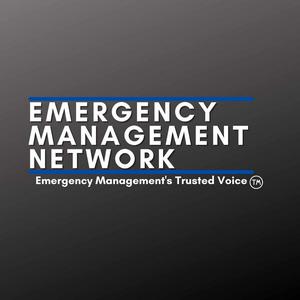Podcast The Ethics of Triage
Show Notes: The Ethics of TriageEpisode Summary:In this episode of the Emergency Management Network, hosts Todd DeVoe and Dan Scott dive into the ethical dimensions of triage decision-making in emergency management. When resources are scarce and lives hang in the balance, how do practitioners decide who receives what—and when? They explore the moral, operational, and community implications of triage: from the utilitarian drive to save the most lives to justice, equity, and the dignity of every individual. The discussion moves beyond clinical mass-casualty triage into the broader realm of emergency management: how we allocate responders, infrastructure support, and logistics under constraint.Topics Covered:* The concept of triage in disasters: not just medical, but resource and operational prioritization.* Ethical frameworks in triage: utilitarianism (greatest good), justice/fairness, respect for persons.* Application for emergency management: when first responders, shelters, infrastructure, and logistics compete for scarce resources.* Procedural and decision-making ethics: transparency, criteria, fairness, documentation, moral burden.* Scenarios and case reflections: mass-casualty incidents, pandemic strains, infrastructure failures, evacuation dilemmas.* Practical guidance: building ethical triage protocols in EM, training for moral stress, community engagement, and after-action review of ethical decisions.* Questions for reflection: How do you build trust when triage decisions must be made under pressure? How do you integrate equity and fairness? How do you support decision-makers facing moral injury?Quotable Moment:“Triage isn’t just who goes first — it’s who we decide we can’t help right now, and that decision carries ethical weight for the entire system.” This is a public episode. If you'd like to discuss this with other subscribers or get access to bonus episodes, visit emnetwork.substack.com/subscribe


